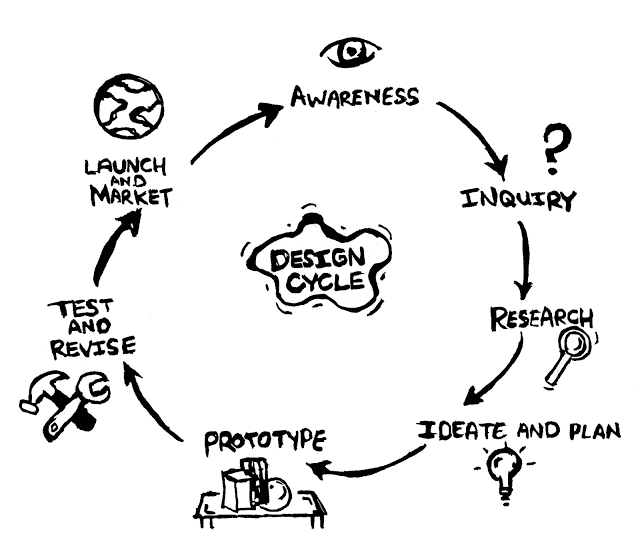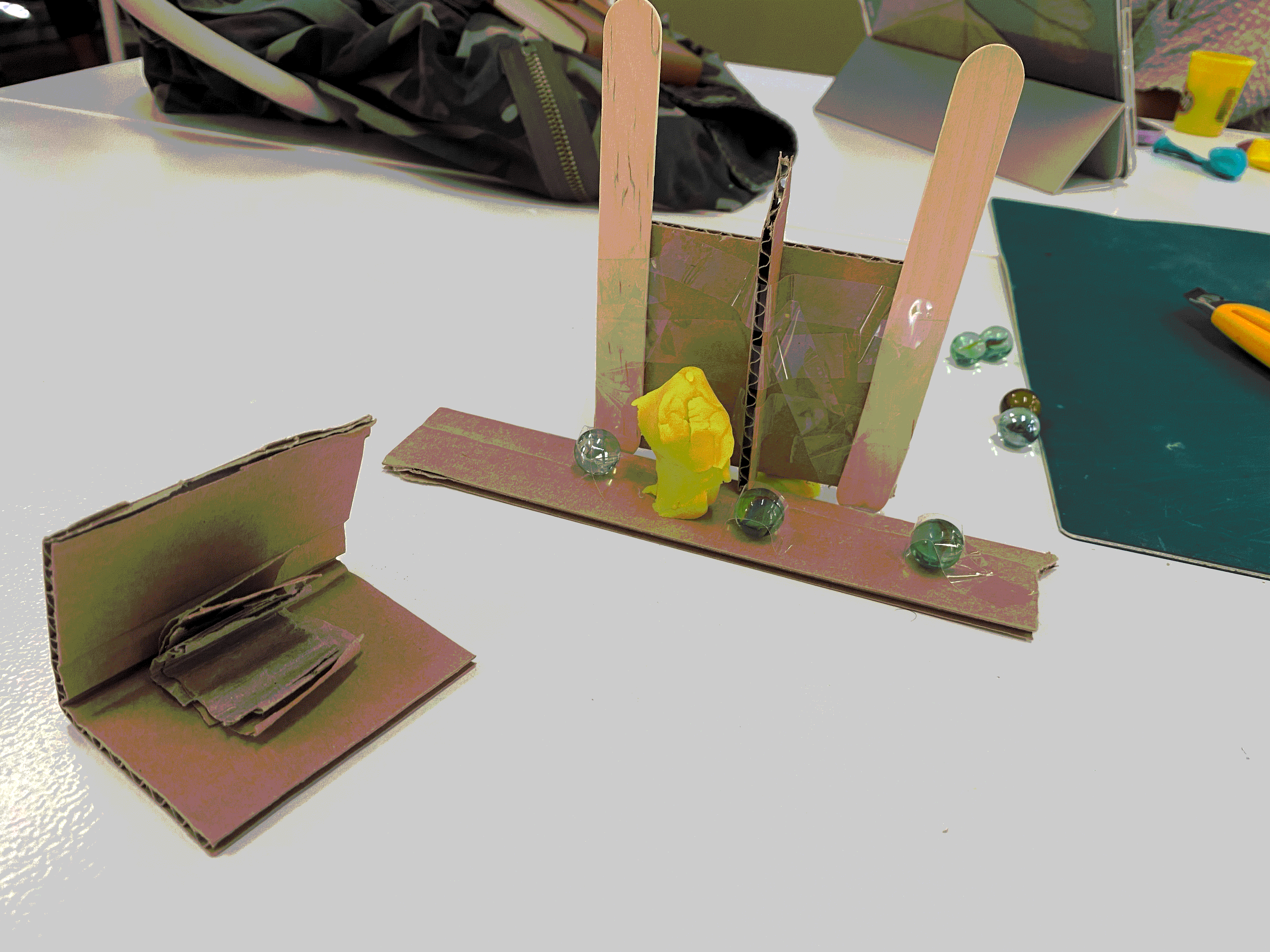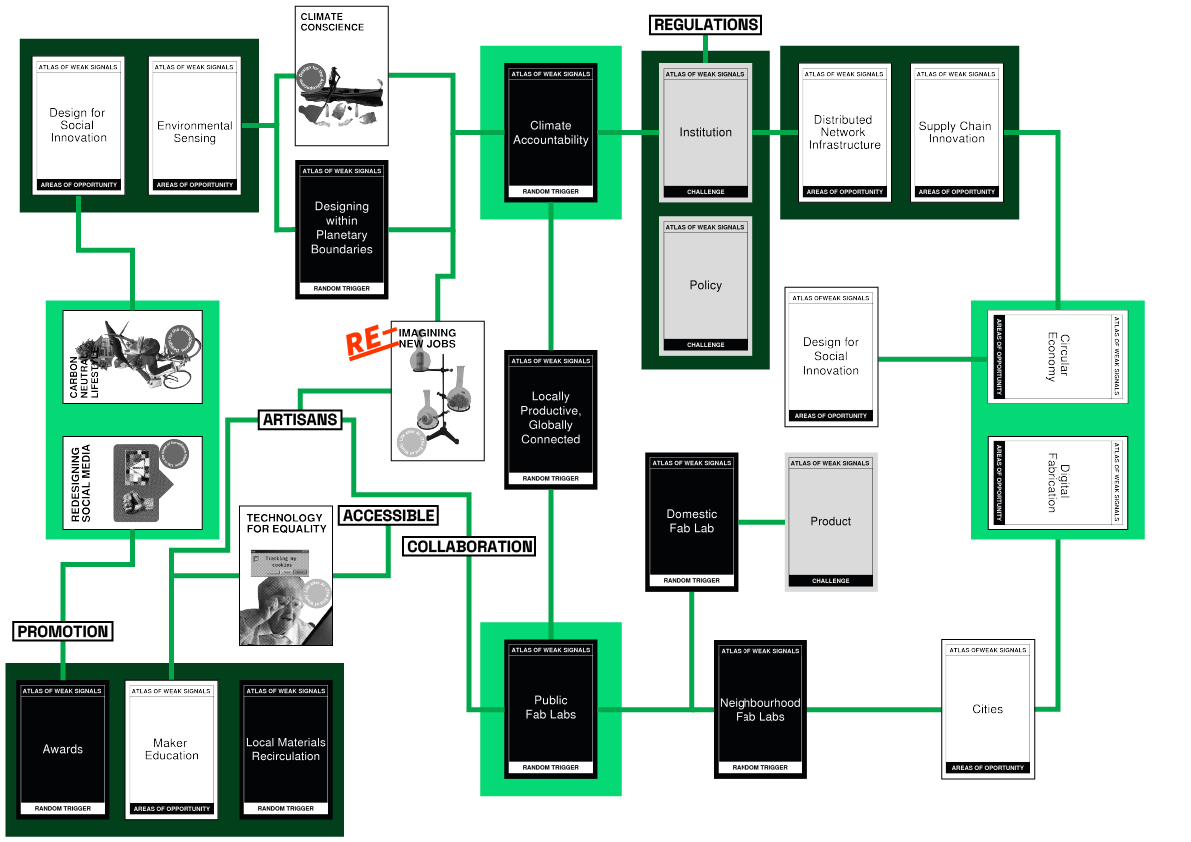Design Studio 🧑🎨
Roles of Prototyping
9/10/2023 - 9/10/2023
During this seminar we went in-depth in the different ways to prototyping. I have to say that I learned a lot in this sessions because my previous experiences prototyping as an industrial design engineer were only physical approaches to products in order to test with users. Here we learned that they can be used as tool for research and can adopt 4 completely different roles:
1-Prototypes as experimental components:
Prototypes in this role serve as essential building blocks in the world of design and innovation. They come to life in the form of physical or digital models that represent a new product, system, or concept. These experimental prototypes act as real-world simulations. Designers use them to test specific ideas or theories they have about a product or a user experience. By observing how people interact with these prototypes, designers can gather crucial data. They can see what works well and what doesn’t, allowing them to tweak and refine their ideas based on actual user interactions. Each prototype version is faced as an experiment, helping designers understand what aspects of their design are effective and what aspects need improvement.

2-The prototype as a means of inquiry:
This is a more scientific approach to prototyping. Prototypes in this role are meticulously crafted instruments that are used to observe and understand how their hypothesis interacts with the natural world, designers create prototypes to explore and comprehend the world of human interactions with products, systems, and ideas. These prototypes are tailored to collect data, record observations, and measure user reactions and behaviors. By deploying prototypes, designers can explore the complexities of human interactions by observing how individuals respond to different designs, interfaces, and functionalities.

3-The prototype as a research archetype:
This is the most “artistic” approach to prototyping. In this context, the process of prototyping becomes a form of investigation, similar to a research method. Designers document, analyze, and critically evaluate the process. The focus isn’t on the final product but on how the prototype was developed. The research contribution is linked more to the methods involved in creating the prototype rather than the prototype itself.
4-The process of prototyping as a vehicle for inquiry:
In this method, the prototype is created in order to help an investigation that doesn’t have a clear path. By making prototypes the researcher closes down the focus of the investigation.

